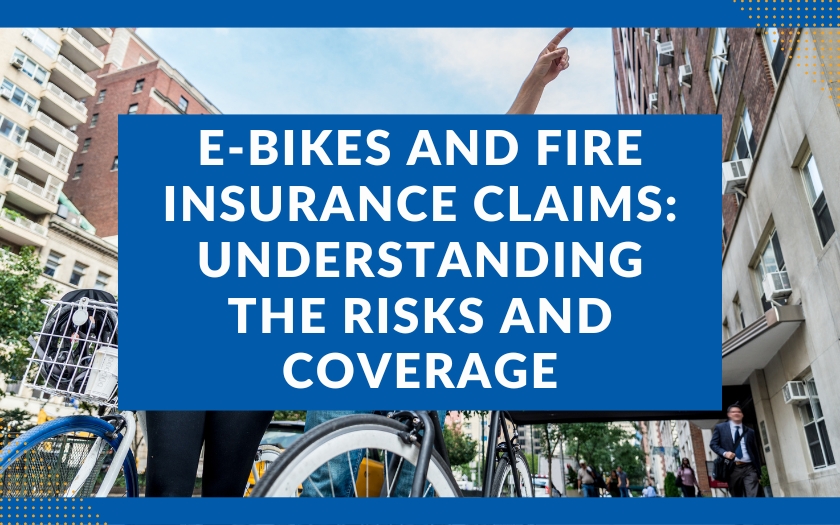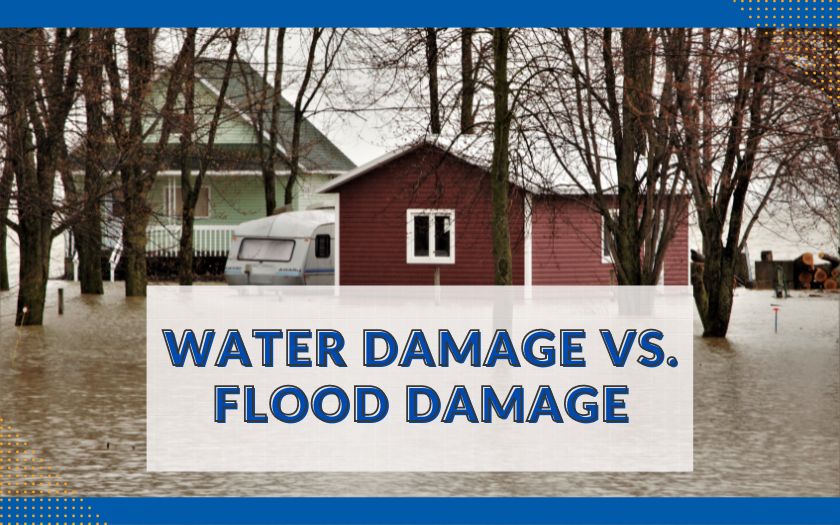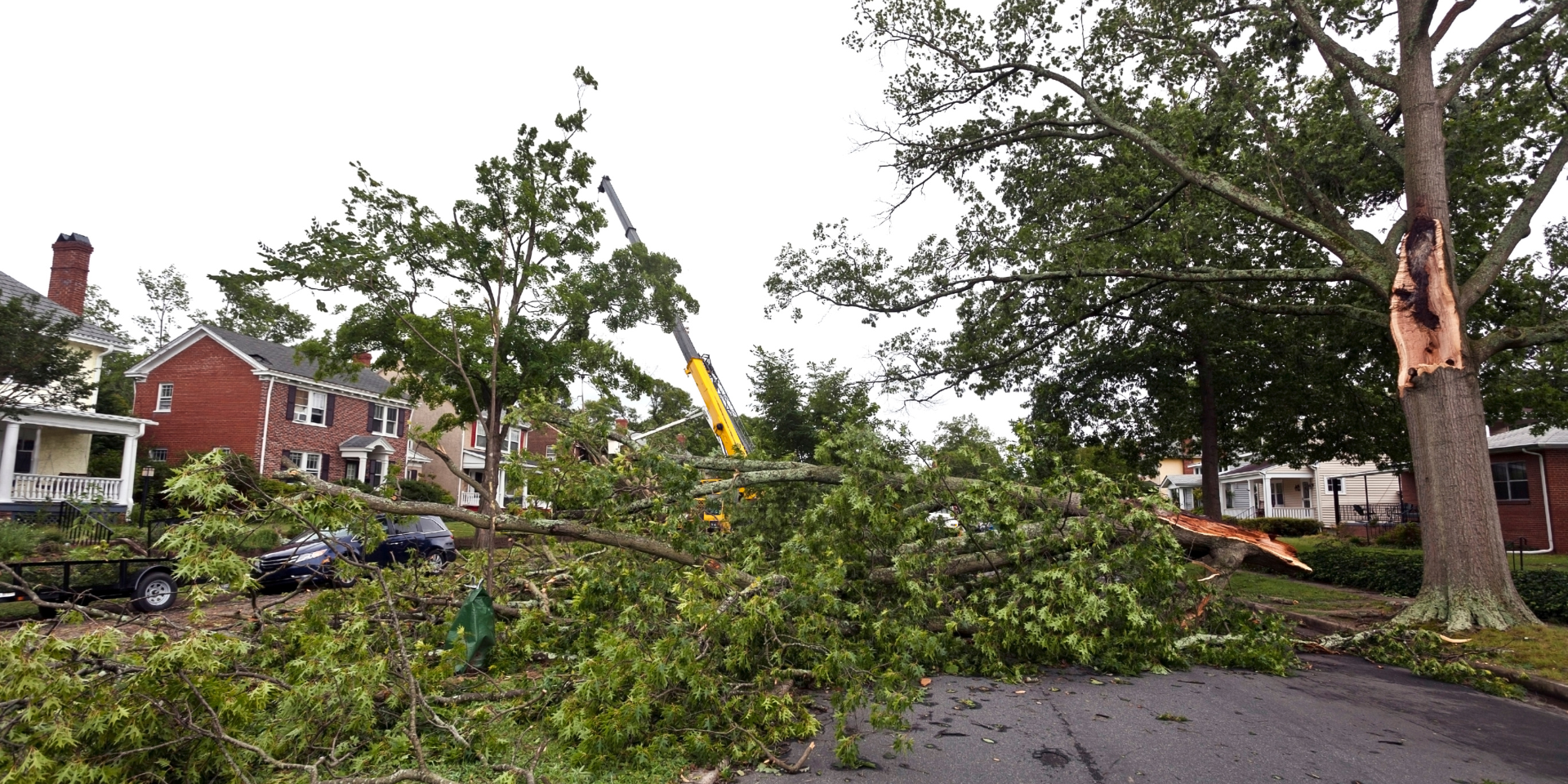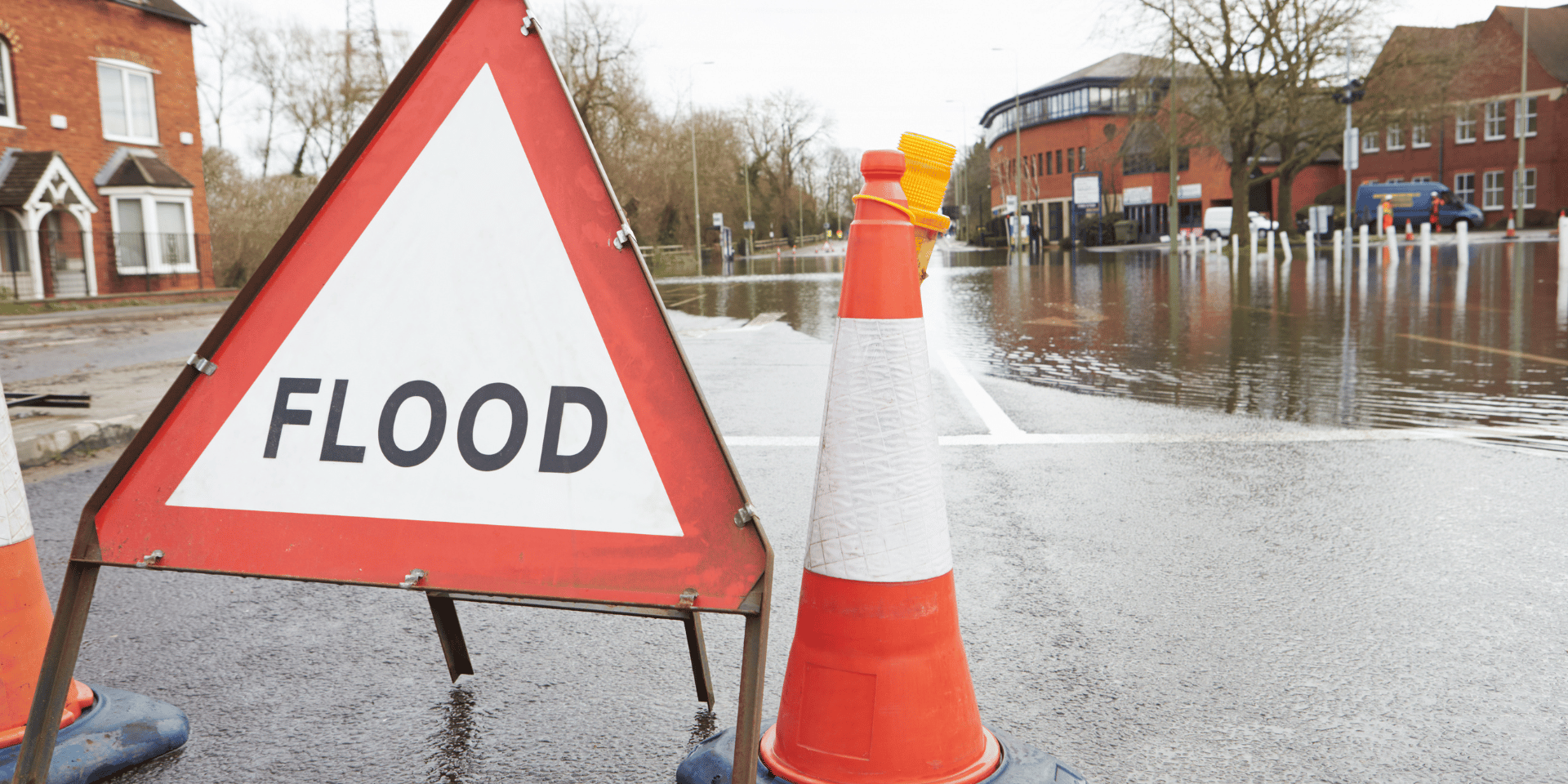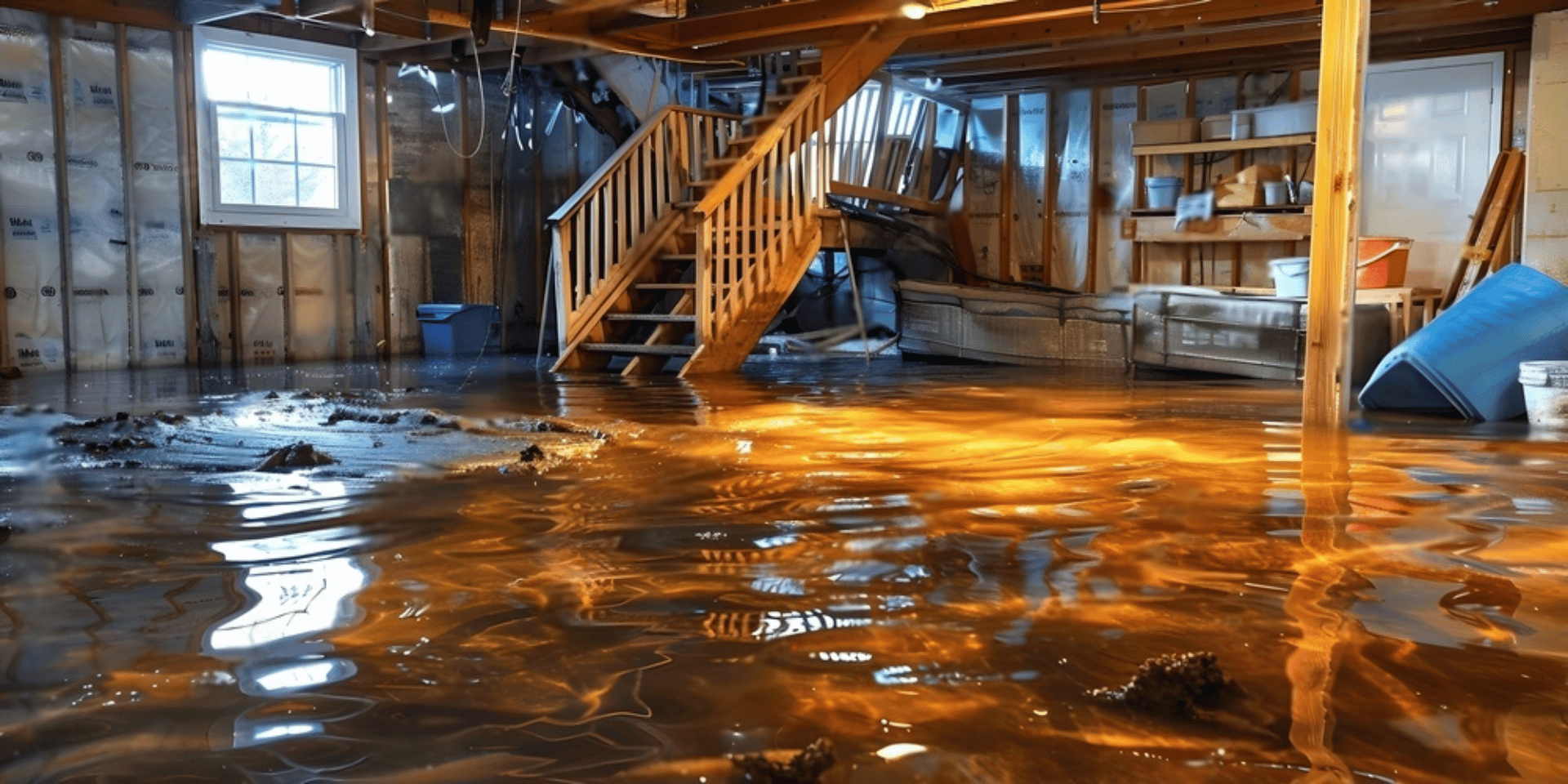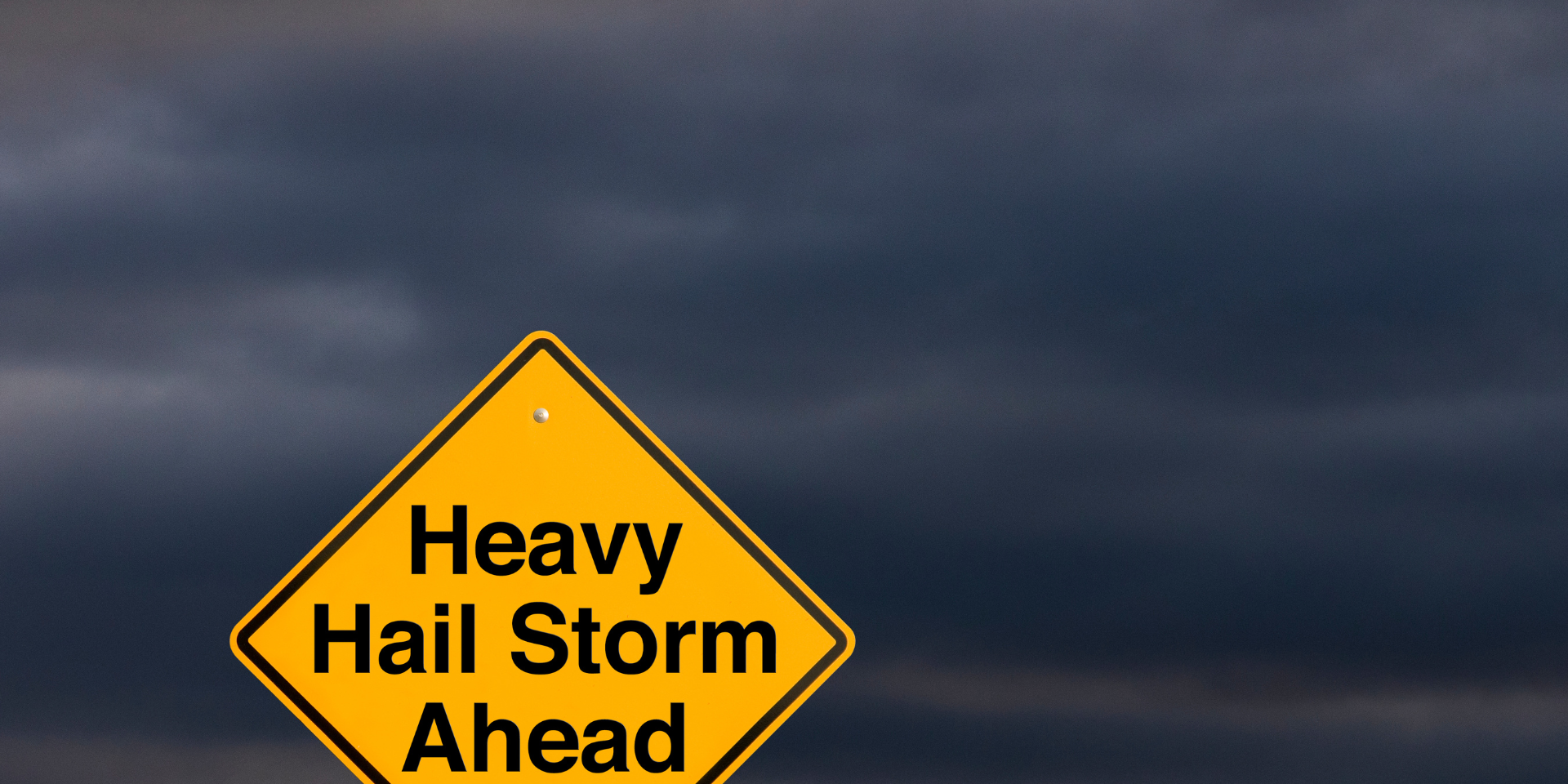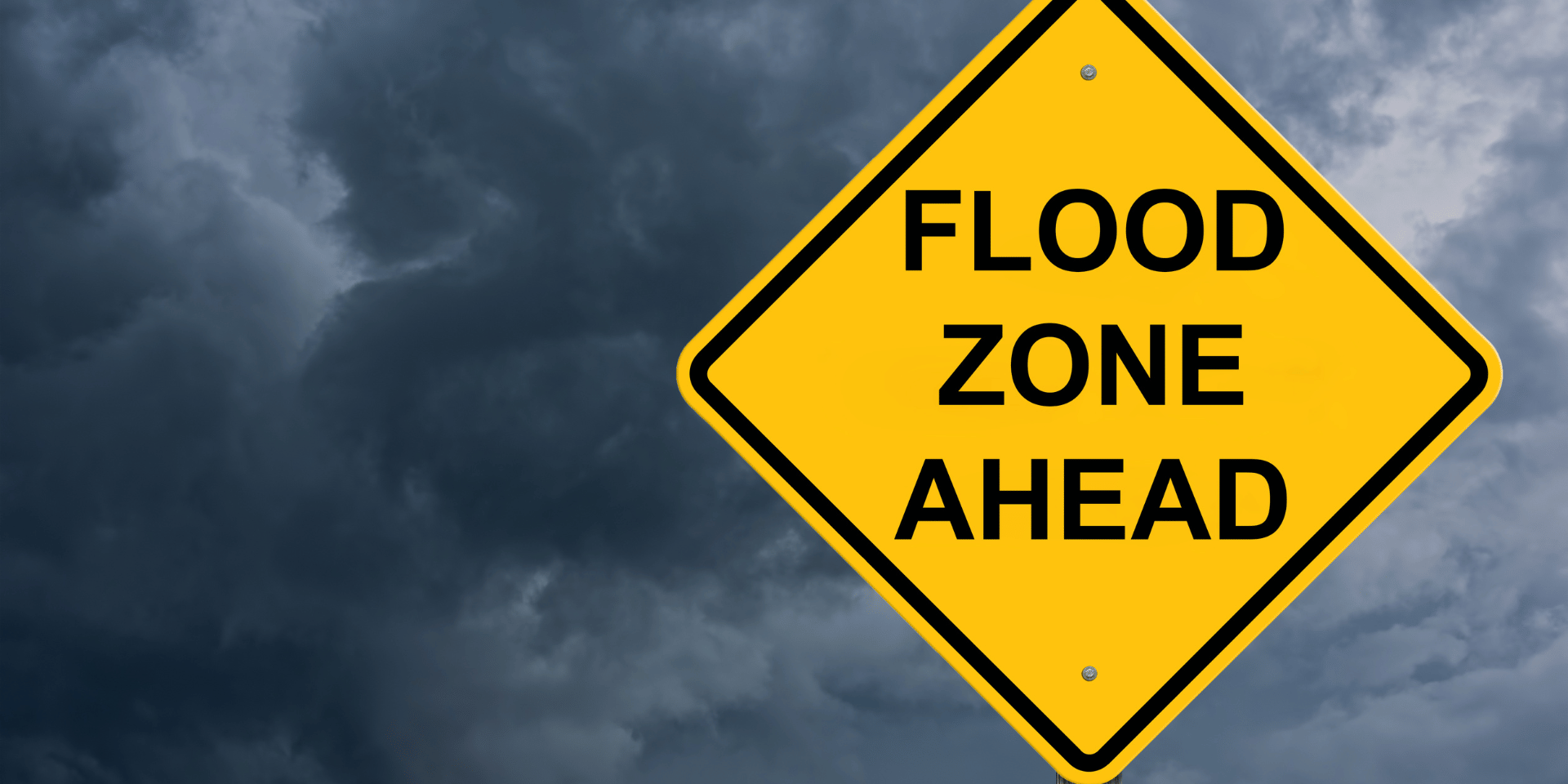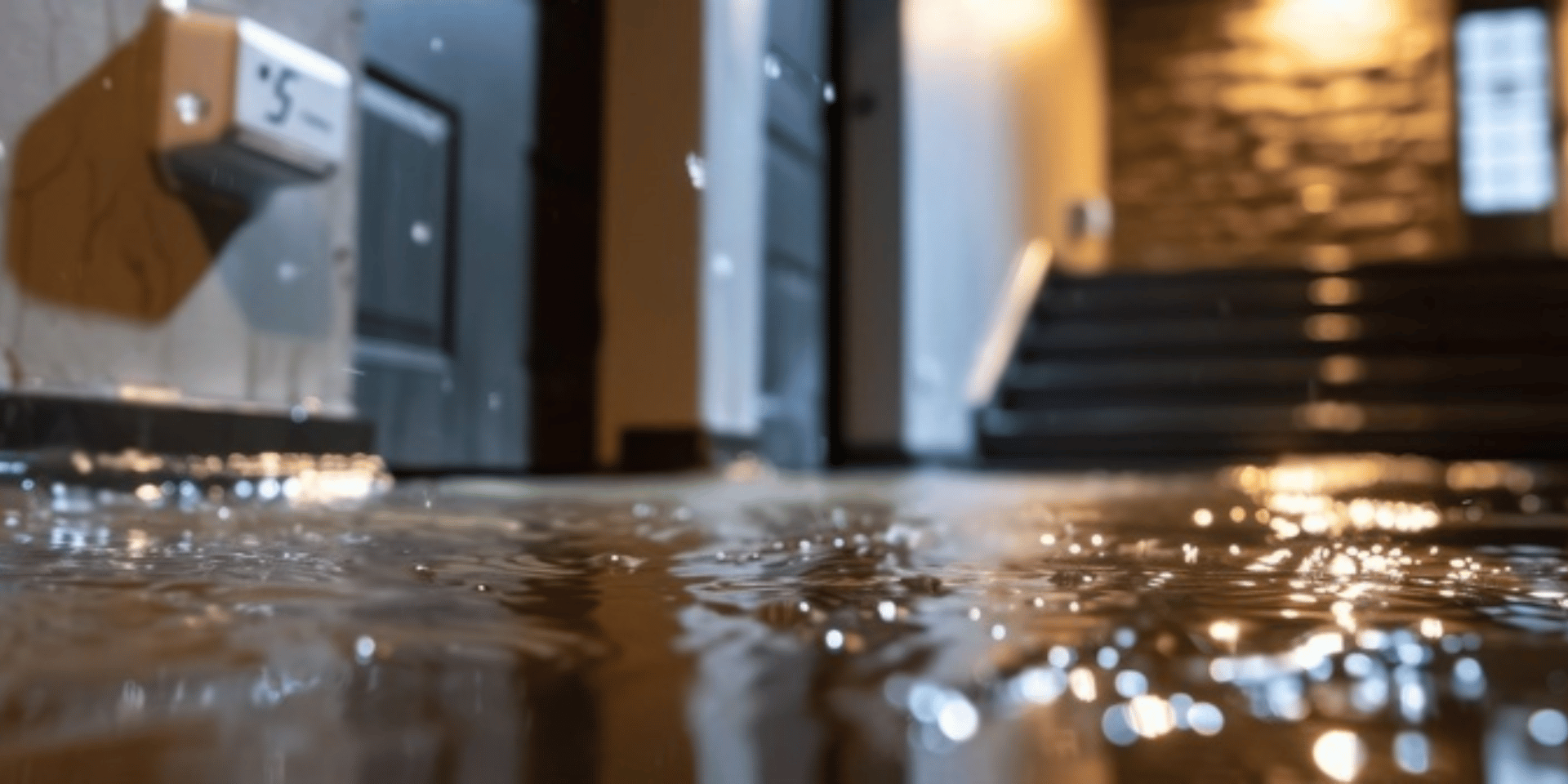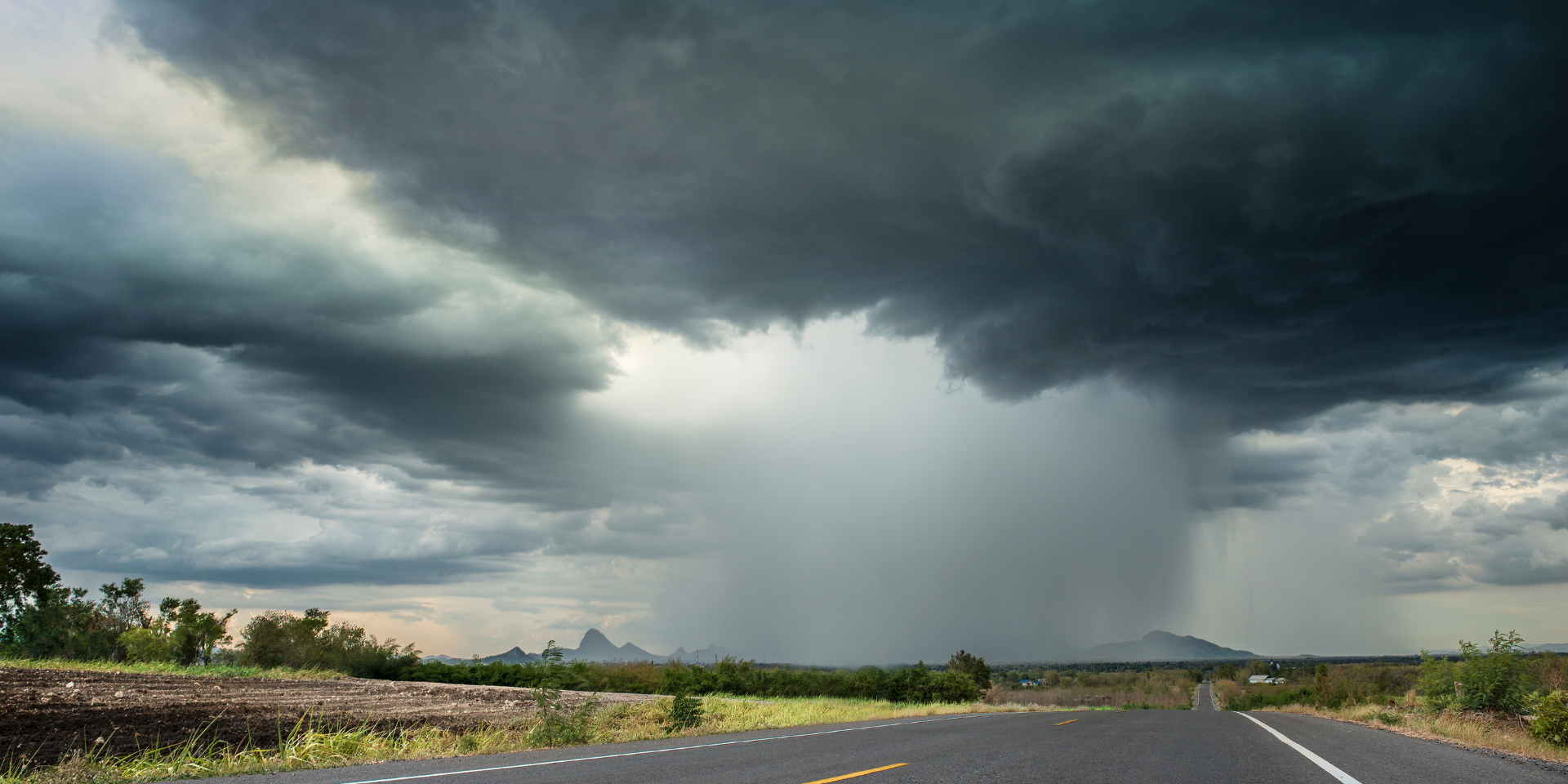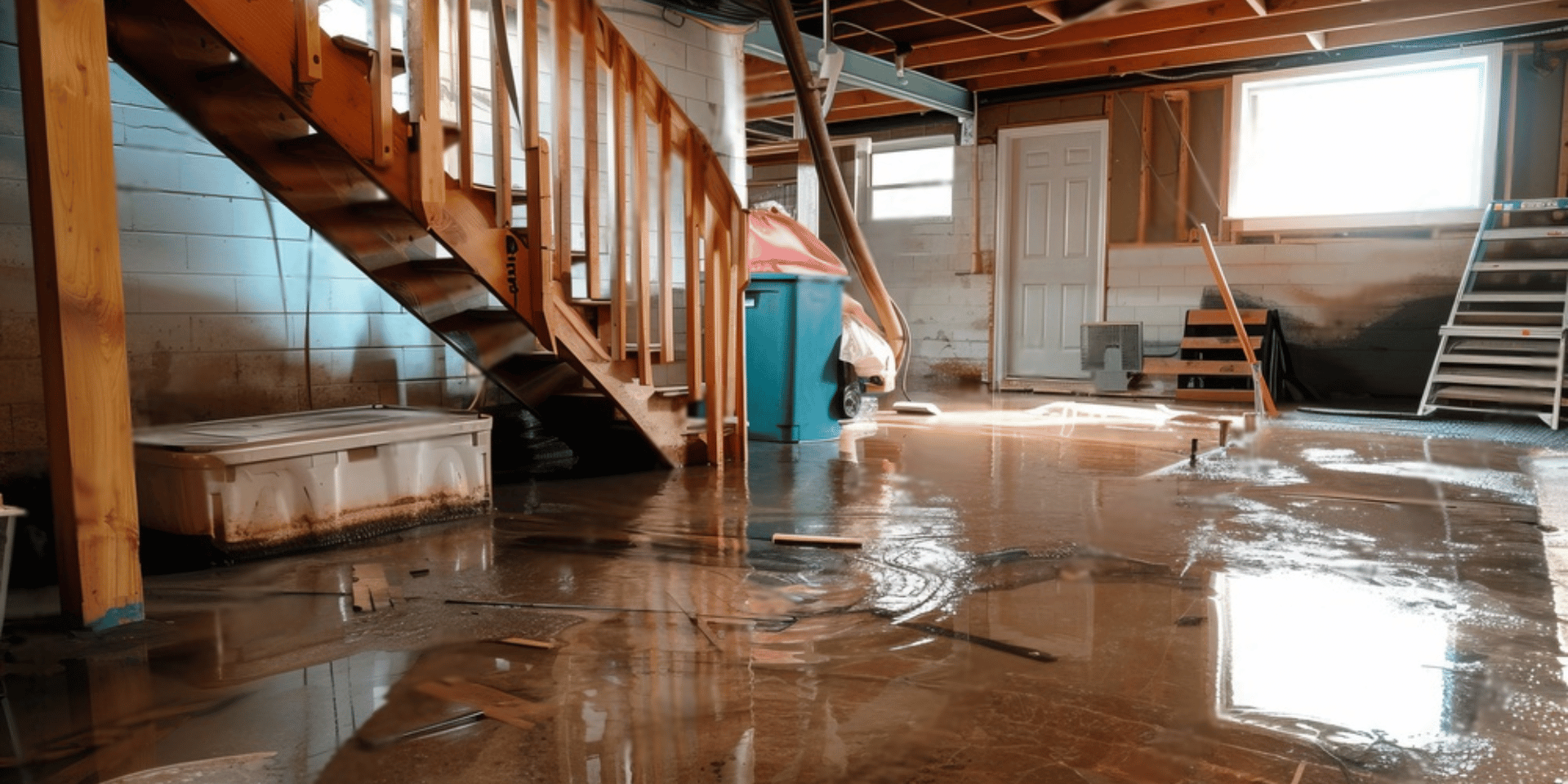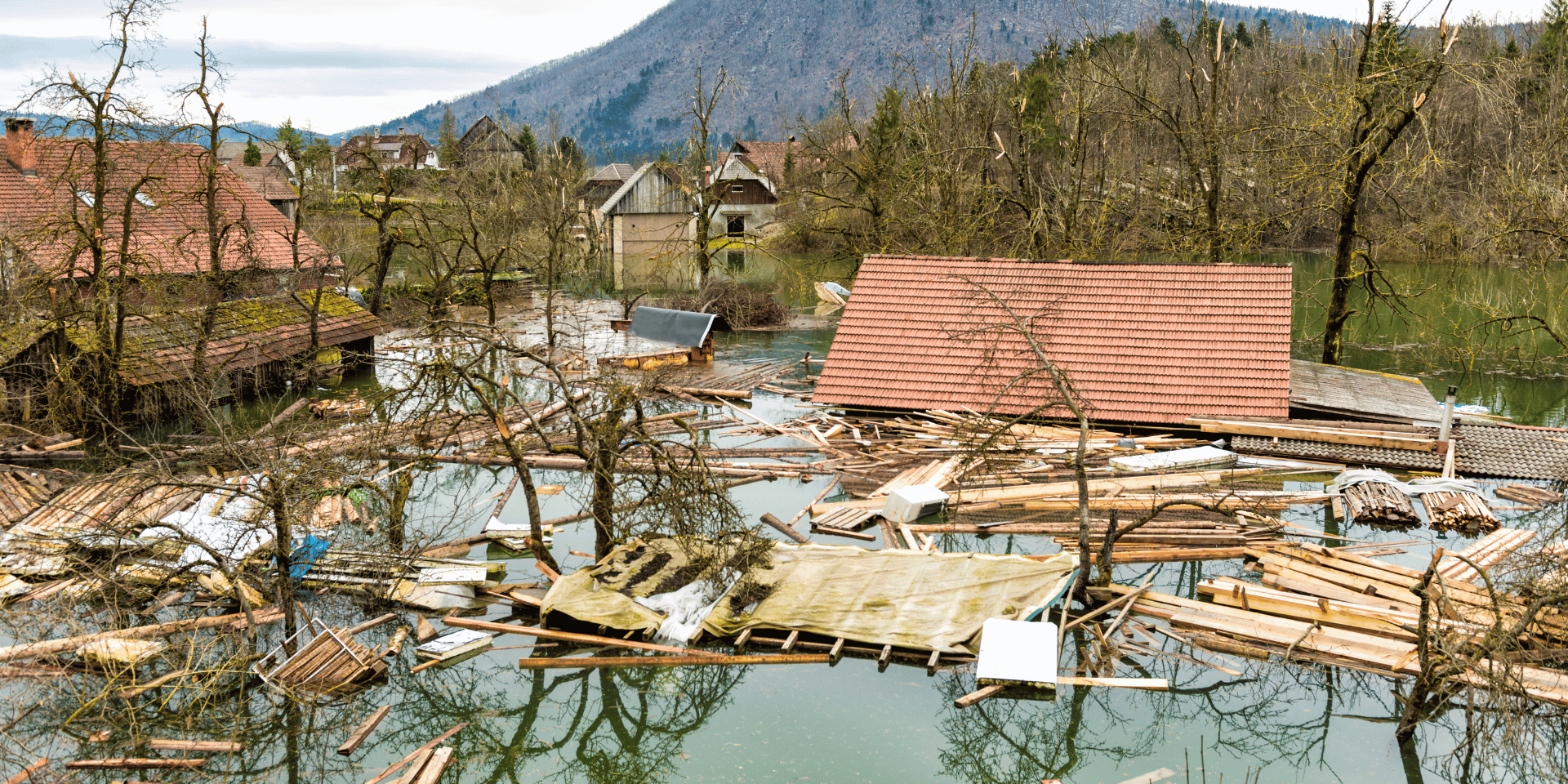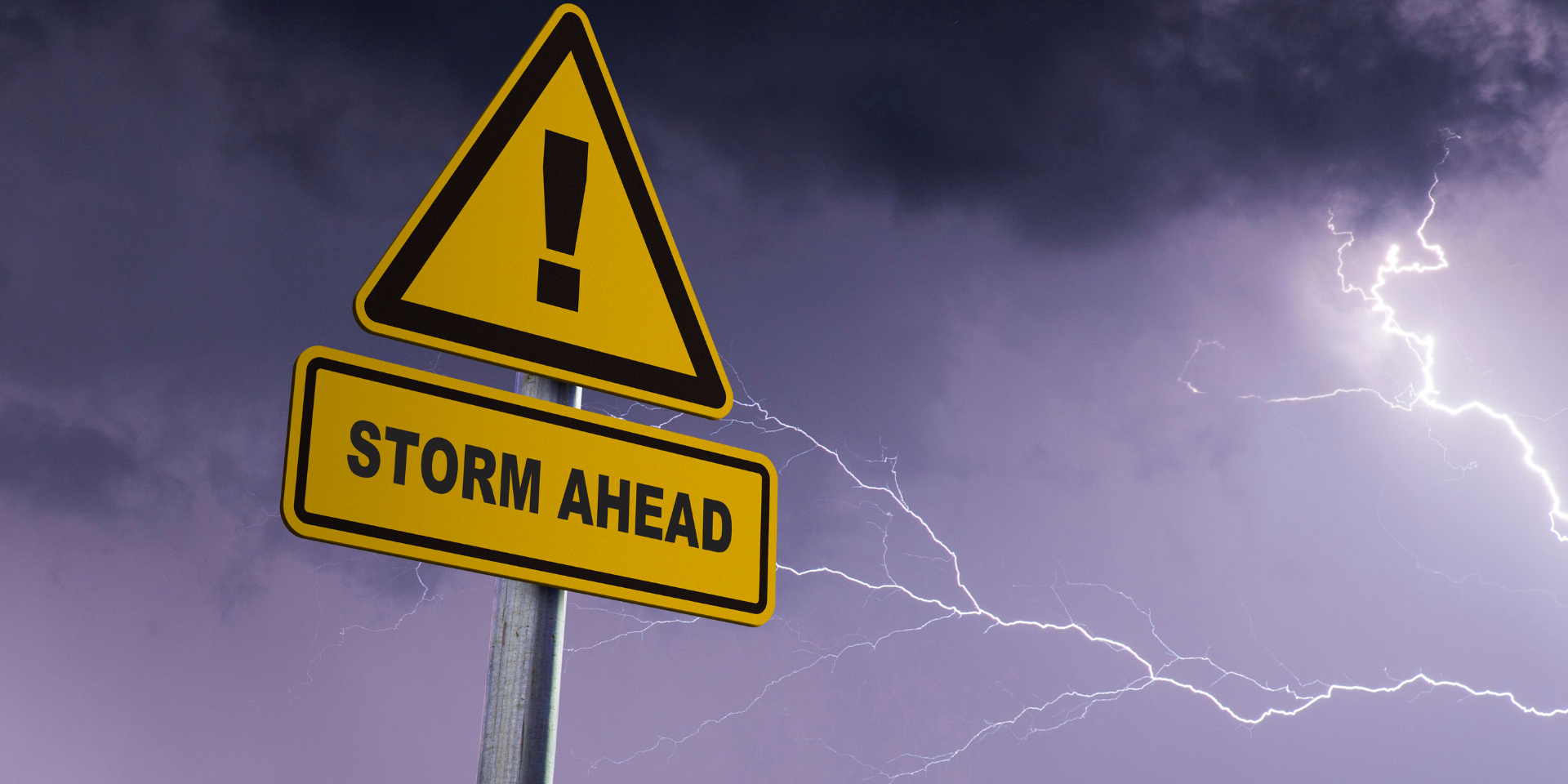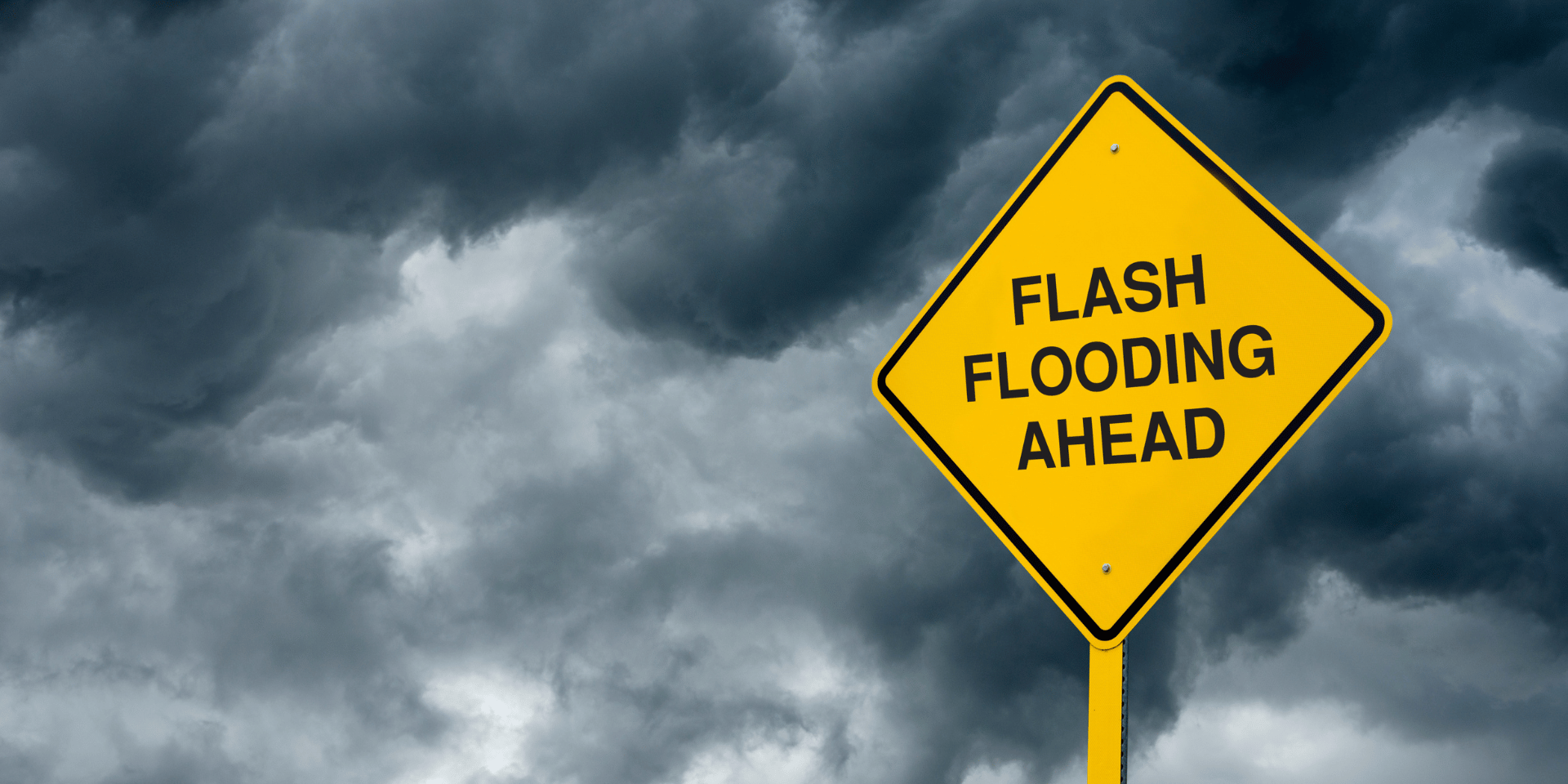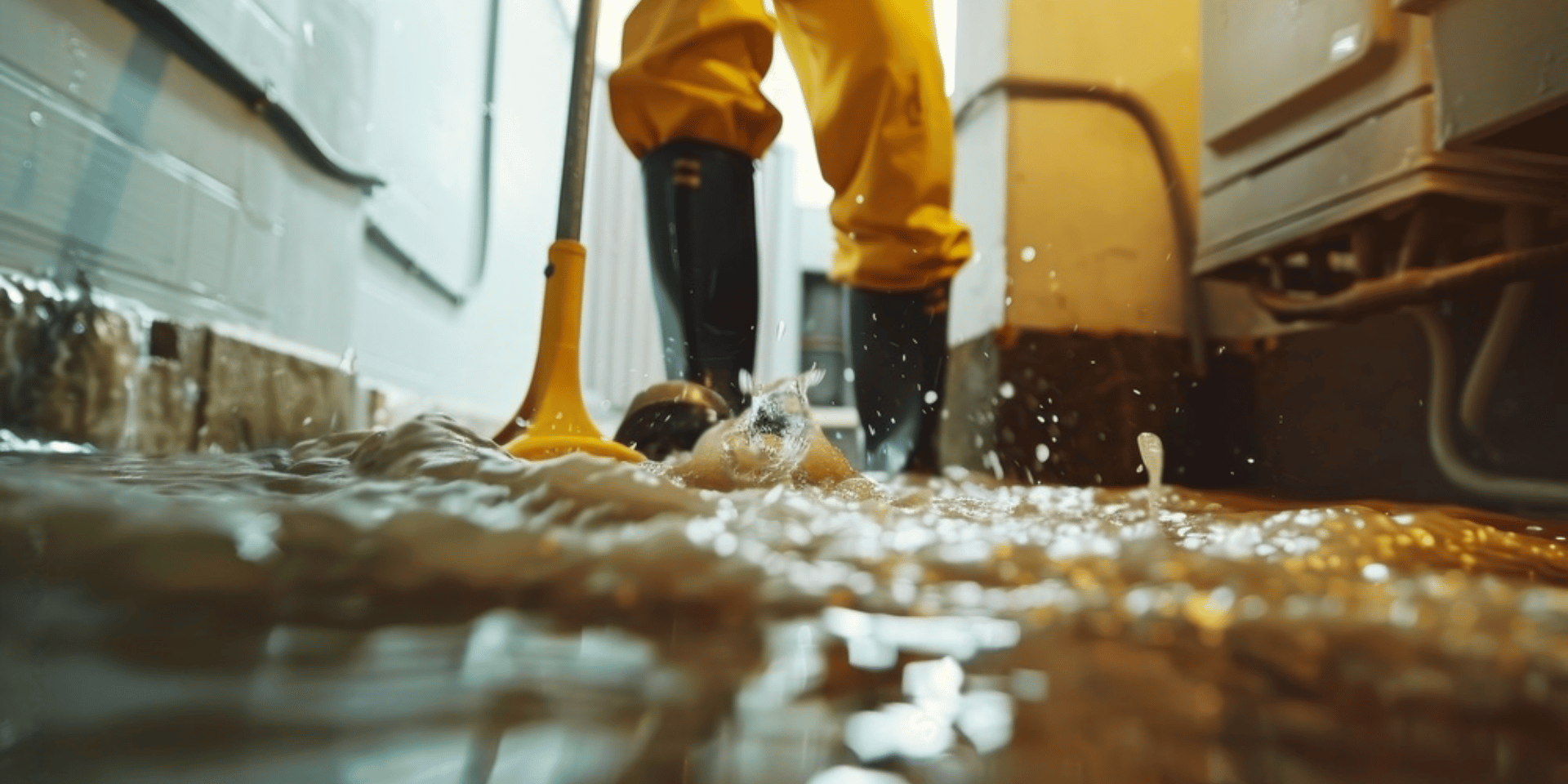Hurricane season brings with it the potential for severe weather, which can lead to significant property damage, power outages, and even personal harm. Proper preparation is essential to safeguard your home, family, and belongings. This guide provides a step-by-step approach to help you prepare effectively for hurricane season.
Understanding Hurricane Season
Hurricane season varies by region but generally occurs from June 1 to November 30 in the east coast, with peak activity typically in late August and September. Understanding the risks and taking proactive measures can make a substantial difference in your safety and the extent of damage sustained.
Step 1: Create a Hurricane Preparedness Plan
1. Develop an Evacuation Plan
Identify the nearest evacuation routes and shelters.
Plan where you will go if you need to evacuate, including pet-friendly accommodations if necessary.
Ensure all family members are aware of the plan and have a designated meeting place.
2. Communication Plan
Establish a communication strategy with family and friends.
Create a list of emergency contacts, including local emergency services, hospitals, and insurance providers.
Use social media or apps to stay informed about weather updates and emergency instructions.
3. Assemble an Emergency Kit
Essentials: Non-perishable food, bottled water (one gallon per person per day for at least three days), manual can opener, and utensils.
First Aid: First aid kit, medications, and personal hygiene items.
Tools and Supplies: Flashlights, batteries, a multi-tool, duct tape, plastic sheeting, and garbage bags.
Documents: Copies of important documents such as IDs, insurance policies, and medical records stored in a waterproof container.
Clothing and Bedding: Extra clothing, sturdy shoes, and blankets or sleeping bags.
Step 2: Secure Your Home
1. Inspect and Repair
Check the roof for loose shingles and repair any damage.
Ensure gutters and downspouts are clear to prevent water buildup.
Inspect windows and doors for any damage or gaps and seal them properly.
2. Protect Windows and Doors
Install storm shutters or use plywood to board up windows.
Reinforce doors with heavy-duty bolts and ensure garage doors are secure.
3. Clear the Exterior
Trim trees and shrubs to remove weak branches that could cause damage.
Secure or bring indoors any outdoor furniture, decorations, and tools.
4. Reinforce the Roof
Use hurricane straps or clips to secure the roof to the frame structure.
Install a waterproof membrane under the roof covering to prevent water infiltration.
Step 3: Prepare for Power Outages
1. Backup Power
Consider investing in a portable generator or a permanent standby generator.
Keep extra fuel stored safely for the generator.
2. Battery-Powered Devices
Ensure you have battery-powered flashlights, lanterns, and radios.
Stock up on extra batteries and ensure all devices are fully charged before the storm.
3. Preserve Food
Keep your refrigerator and freezer doors closed as much as possible.
Use coolers with ice packs to keep essential food items cool if power is out for an extended period.
Step 4: Stay Informed
1. Monitor Weather Updates
Follow local news, weather channels, and the National Hurricane Center for updates.
Sign up for emergency alerts and notifications from local authorities.
2. Know Your Community’s Emergency Plans
Familiarize yourself with community evacuation plans and shelter locations.
Understand local emergency procedures and resources available.
Step 5: Insurance and Financial Preparedness
1. Review Your Insurance Policies
Ensure your homeowners or renters insurance policy covers hurricane damage, including wind and flood damage.
Consider additional flood insurance if you live in a high-risk area.
2. Document Your Belongings
Create an inventory of valuable items in your home, including photos and descriptions.
Keep receipts and documentation for high-value items to facilitate insurance claims.
3. Emergency Funds
Set aside an emergency fund to cover unexpected expenses during and after the hurricane.
Keep some cash on hand, as ATMs and banks may be unavailable during power outages.
Step 6: Health and Safety Precautions
1. Medical Needs
Ensure a supply of necessary medications for at least a week.
Have a list of any medical conditions and medications for each family member.
2. Sanitation and Hygiene
Stock up on hygiene products, including hand sanitizer, soap, and disinfecting wipes.
Prepare a portable toilet or bucket with tight-fitting lid and garbage bags for sanitation needs.
3. Pet Safety
Ensure you have a pet emergency kit with food, water, and medications.
Keep a leash, carrier, and any necessary identification for your pets.
Step 7: During the Hurricane
1. Stay Indoors
Stay inside and away from windows and glass doors.
Seek shelter in a small, windowless room on the lowest level of your home.
2. Use a Battery-Powered Radio
Use a battery-powered or hand-crank radio to stay informed about the storm’s progress and any emergency instructions.
3. Avoid Using Candles
Use flashlights and battery-powered lanterns instead of candles to reduce the risk of fire.
Step 8: After the Hurricane
1. Wait for Official Confirmation
Do not venture outside until authorities have declared it safe to do so.
2. Assess Damage Safely
Be cautious of downed power lines, flooded areas, and structural damage.
Document any damage with photos and videos for insurance claims.
3. Clean Up and Repairs
Wear protective clothing and gloves when cleaning up debris.
Use professional services for major repairs and to check for hidden damage like mold growth.
4. Contact Your Insurance Company
Report any damage to your insurance company as soon as possible.
Enlist a public adjuster to ensure you maximize your claim and receive the settlement you are entitled to.
By following this comprehensive guide, you can ensure that you, your family, and your property are well-prepared for hurricane season. Proper planning and preparation can
GET IN TOUCH!
The Leading Property Damage Experts Are Here To Help
CONTACT NEW YORK’S HIGHEST RATED PUBLIC ADJUSTER IMMEDIATELY BY CALLING OUR OFFICE OR BY COMPLETING THE FORM.
CALL US FOR FREE



